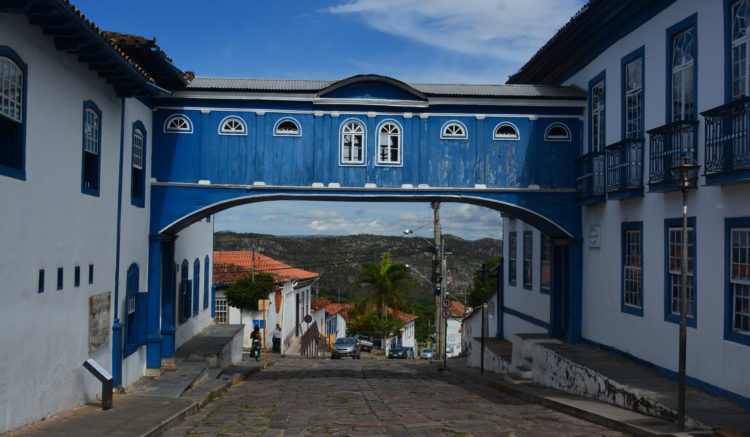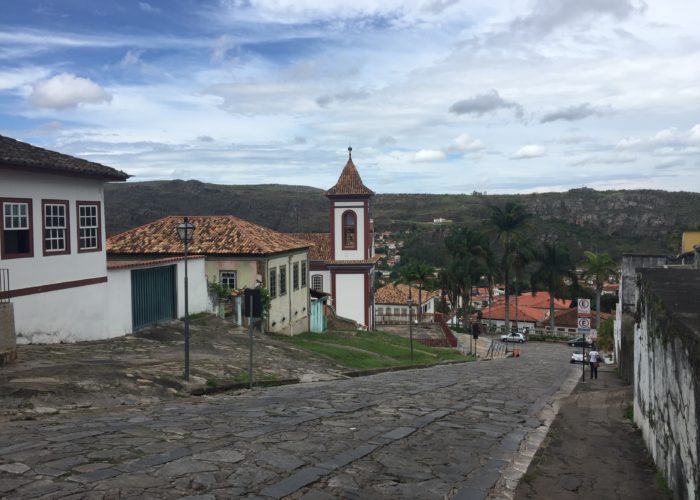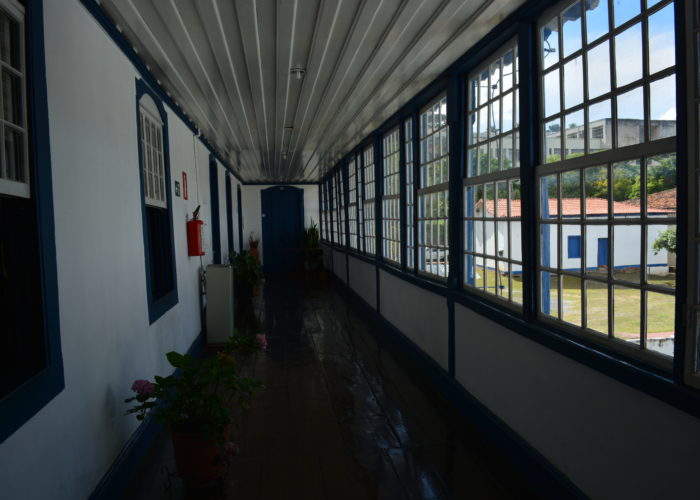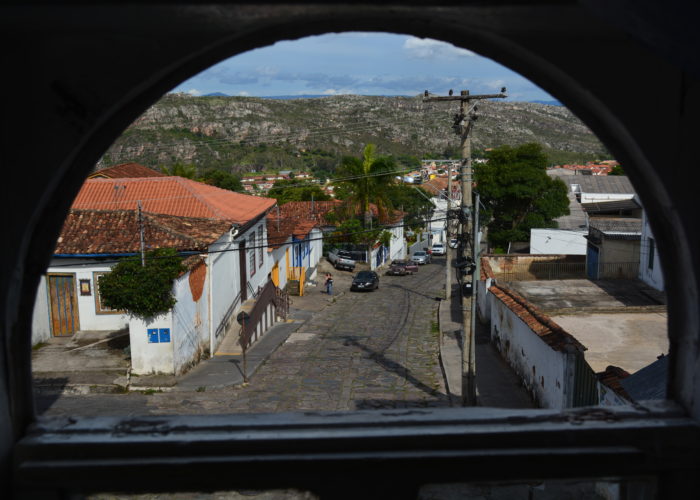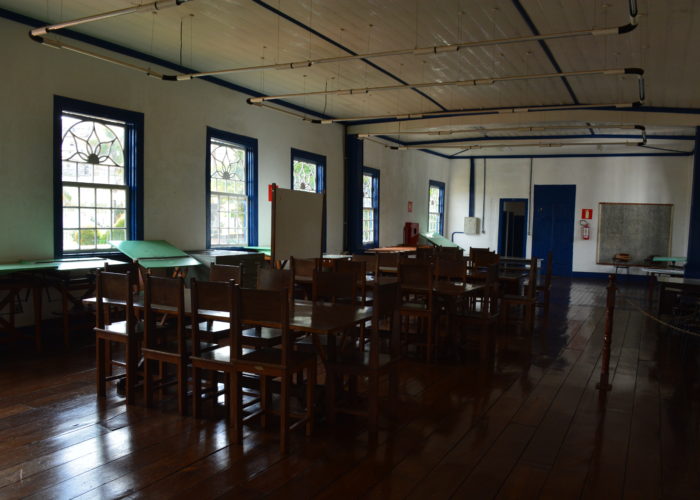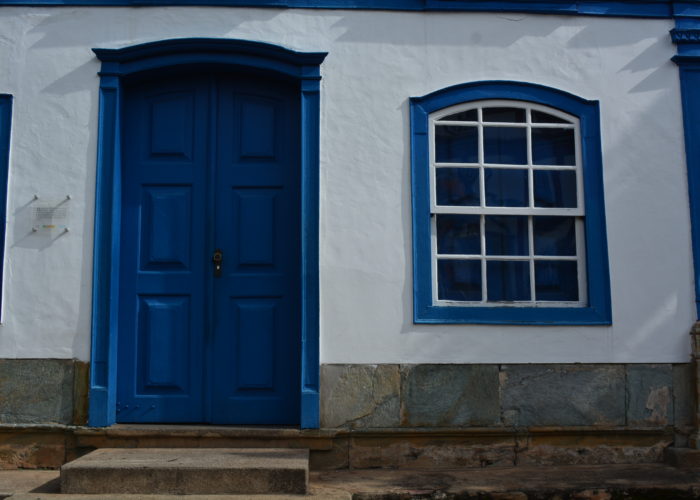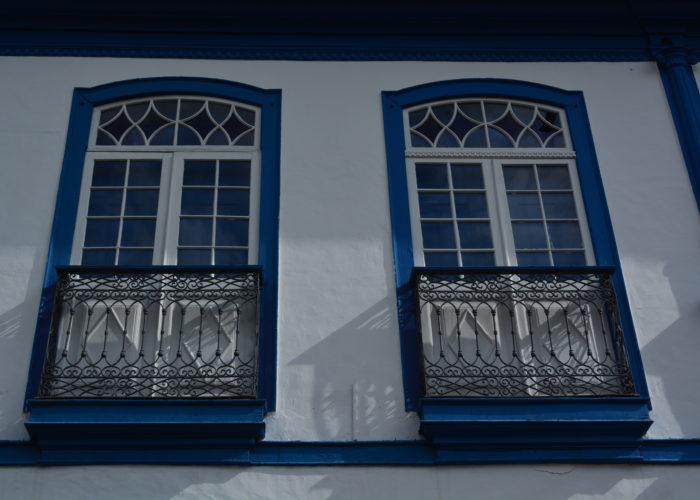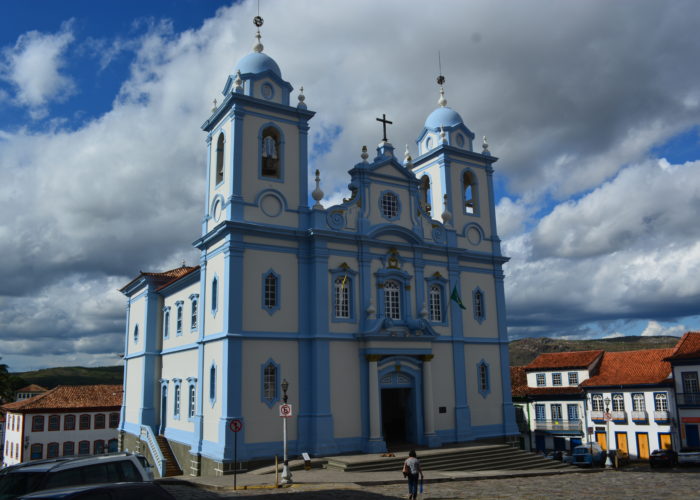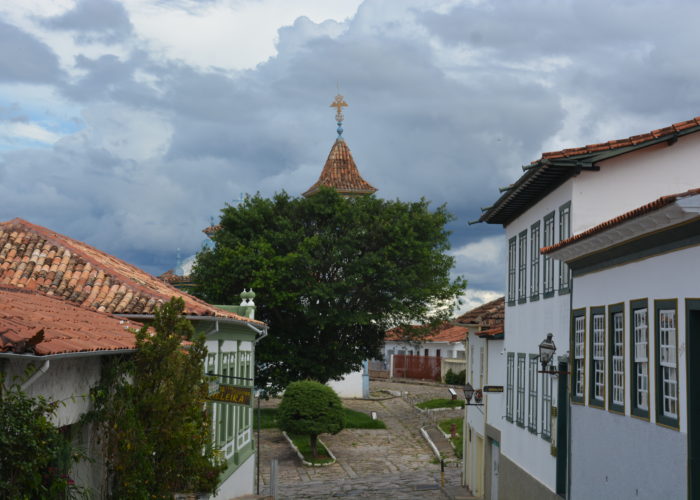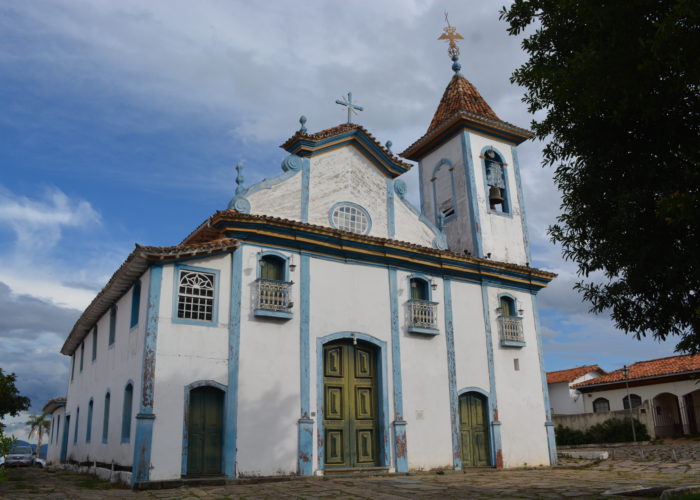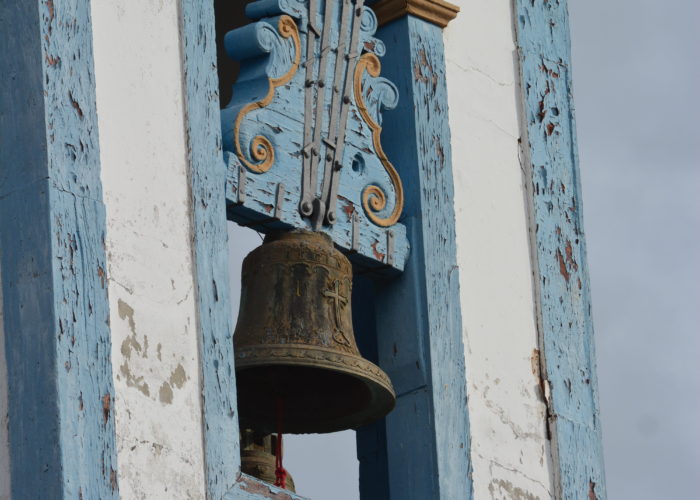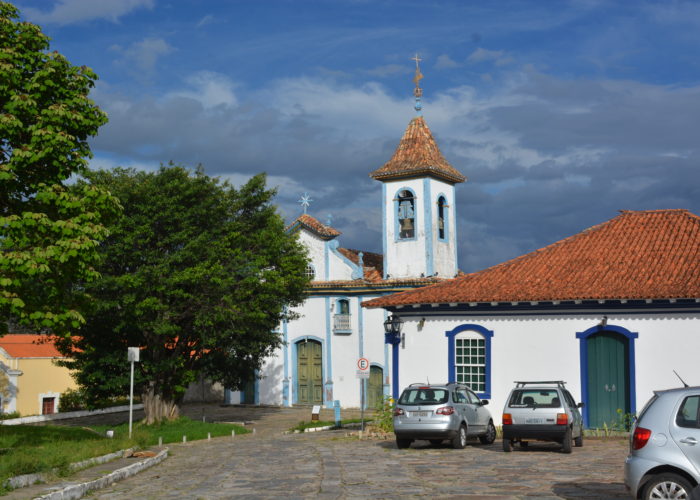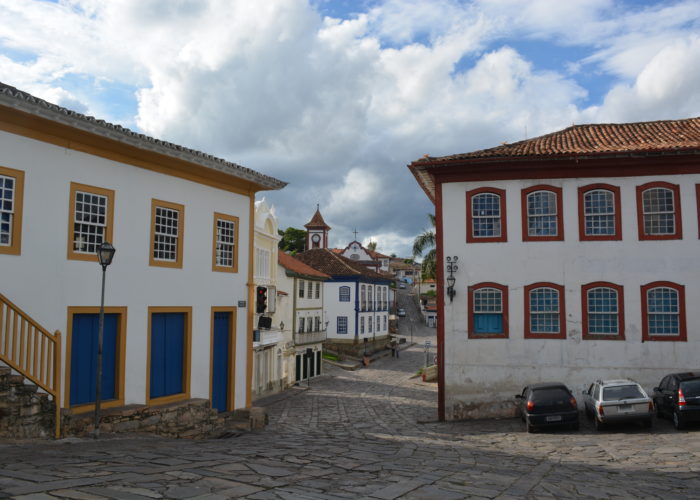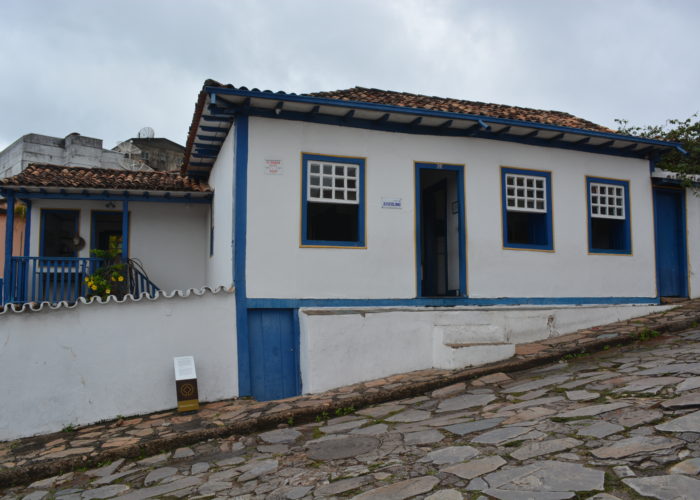From Belo Horizonte we took the five hour bus journey North to the remotest old colonial mining towns in Minas Gerais, the UNESCO World Heritage Town of Diamantina. Diamantina, as its name suggests was the centre of diamond mining, and in its heyday all the diamonds were strictly controlled and exported to Portugal. Furthermore like the gold mines at Ouro Preto there was also a darker side to the mining, in that slaves were heavily involved in the original mines. In the Museu de Diamente in the main square, there are some quite evocative old pictures and photographs of the early mining activity highlighting the tough conditions imposed on the miners, many of whom were slaves, and control over the diamonds. The museum is in a well preserved old colonial building that was originally owned by one of the early families that controlled and managed the mines.

The town like many of the old Minas Gerais mining towns is built on many hills, with the cobbled streets turning into mini streams during the frequent rain storms that are a daily occurrence in the wet season. The main buildings are all one or two stories and have largely been kept intact, with the only noticeable modern building in the town centre being the Hotel Tijuco, an early modern building by Brazilian architectural royalty Oscar Niemeyer – he had a similar one off building in Ouro Preto too. Most of the buildings are consistently painted white with the principal colour in the doors and window frames, again similar to Ouro Preto and Paraty the port that supported the Minas Gerais mining industry. This is in complete contrast to the other old colonial cities on the coast like Salvador, Olinda etc. that have their walls all painted in multiple pastel colours.

In common with similar towns there are a number of well preserved churches, each representing the usually array of Catholic Saints, including the ubiquitous San Franciscans and Carmelites. Additionally different sectors of the community had their own churches, and probably the most interesting was the slave church of Nossa Senorha do Rosário, which has an old tree in front of it, which contains the remnants of an old cross in it. We were in Diamantina over the weekend, and opening times of the churches are often quite random. However the main cathedral, Catedral Metropolitana de Santo Antônio, a modern basilica built in the 1930s with light blue domes and a big nave was packed to the rafters several times, with standing room only and members of the congregation participating in the streets outside. Religion plays a very important part of life in Brazil, with not only the Catholic Church, but also several very large and well attended evangelical churches too.

Probably the most interesting building in Diamantina is the Casa Glória, which today is a study centre supporting geology and the mining industry, but in its earlier life was the house of a wealthy widow, Glória, and also an orphanage. What is particularly striking is Diamantina’s own bridge of sighs connecting the upper floor of both buildings across the street. The wooden bridge is painted dark blue as are the window frames and doors, making a unique spectacle. Inside there is plenty of original furniture and some wonderful wooden flooring.

Diamantina is the birth place of one of Brazil’s national hero’s, former President Kubitscheck. In my blog from Brasilia we covered the critical role he played in getting Brazil’s new capital built and fully established. The house in Diamantina tells the story of his early life into his mid twenties. He was clearly a very intelligent man with a wide range of interests. The house preserves some of the original furniture, contains a library, with many books not only in Portuguese but also French and other languages, and a whole section on his medical career. In today’s more brutal and populist politics it would be interesting to see how an avowed liberal from the poorer end of society, albeit one with a deep education would fare.
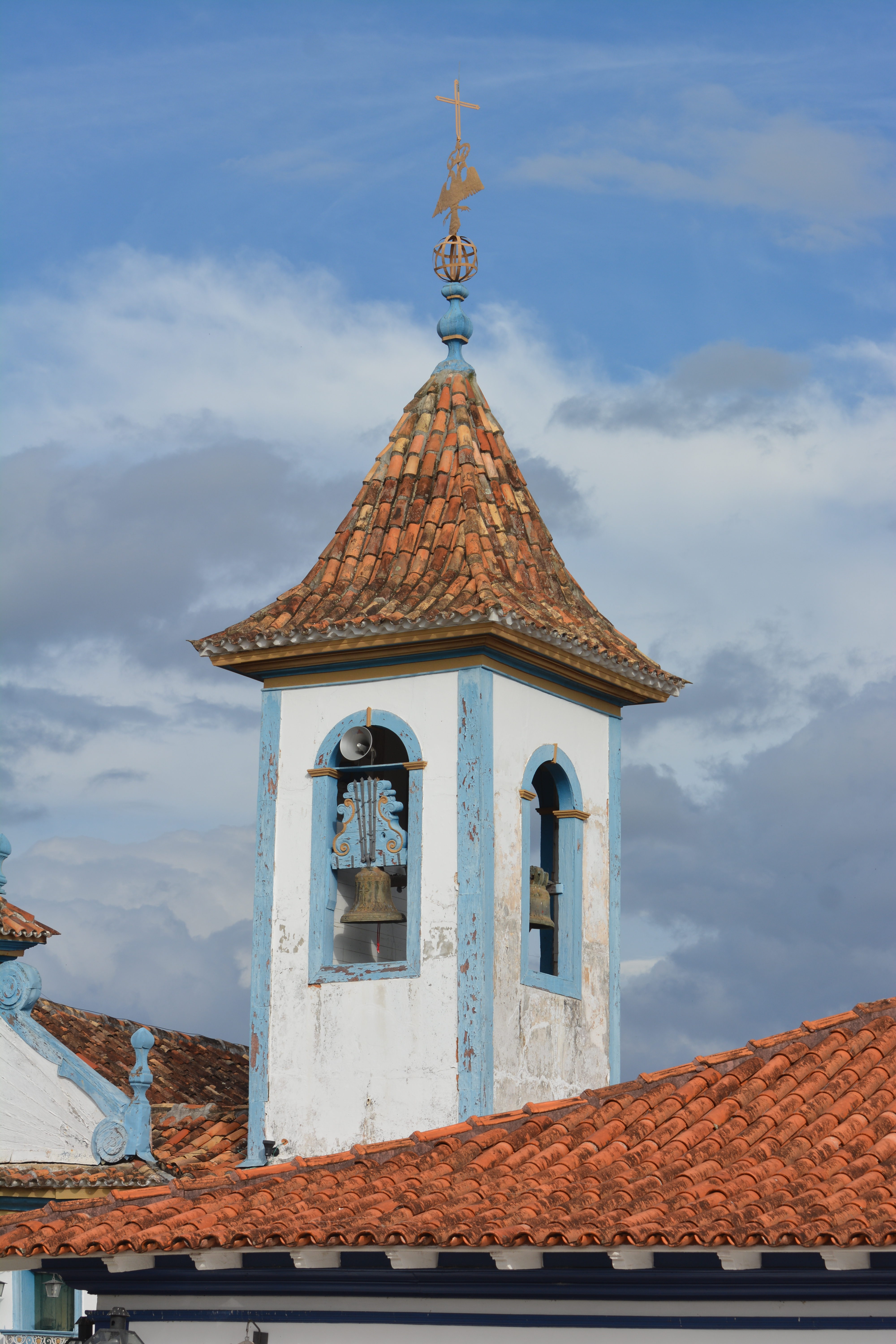
Diamantina is a compact town and a UNESCO World Heritage Site, indeed of the many UNESCO sites we visited in Brazil, the neat plaques and information in both Portuguese and English that sit outside all the principal sites make for a very pleasant visit and well worth the detour to this most remote of all the Minas Gerais old mining towns. The journey up to Diamantina passes through some contrasting landscapes especially the rugged foothills of the Sierra do Espinhaço as you approach Diamantina, which is a complete contrast to the verdant green landscapes of the rest on Minas Gerais State.
Date: 01/12/2018 to 03/12/2018
